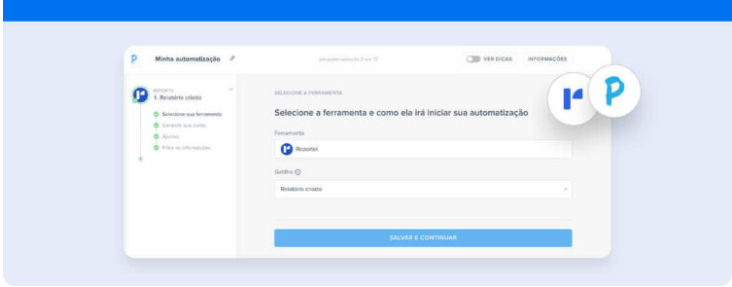Find out how you can use Social Listening to boost your marketing strategies and sales
Understanding what clients want and the best way of communicating with them is the dream of every brand, isn’t it? Many people might think it’s impossible to meet those expectations, but Social Listening is here to prove otherwise.
If you aren’t familiar with this strategy or are wondering about how to adapt it to your business, this article has everything you need to know. We’ll talk about the benefits, how-to, and tools that can help you with Social Listening. Keep reading to find out!
What is Social Listening?
Social Listening is a process through which you follow what people have to say about your brand, product, or sector on social media. It gives you insights so you can improve on relationship with your target group.
This strategy goes beyond keeping an eye on notifications that show up in your profile or answering comments or DMs from followers.
Among other things, It pushes you to pay attention to positive and negative feedback, conversations in forums, and important keywords for your business.
Seems like a lot of work, doesn’t it? It’s worth mentioning that that’s not all. Besides listening, Social Listening is also about implementing change or improvements based on that feedback from target groups.
Which means it’s a process of analysis and defining strategies. It gives you a 360º view of what is being said on the internet and how you can use it in your favor to develop your brand or product.
But what makes Social Listening different from social media monitoring? Below, we’ll explain the main differences and advantages it provides for businesses!
Social Listening vs. Social Media Monitoring
Social Listening proposes listening to and answering what the public has to say on the internet. Because of that, many people confuse Social Listening with Social Media monitoring.
After all, if you view notifications and answer DMs or comments, even the negative ones, that means you’re listening and being attentive to your followers, right? The answer is that you are listening and giving support, but not fully.
Social media monitoring is only a part, however important, of Social Listening. It’s responsible for collecting data, info and offering an immediate solution to people who interact with the brand.
However, Social Listening goes far beyond that. It contemplates the whole, reflects on the feedback of target groups (whether directly related to the business and product or not), and learns about behavior.
That way, you can adapt to trends in your sector, build more lasting relationships with clients and give them the experiences that they truly want.
Advantages of Social Listening for businesses
As far as the advantages that Social Listening can bring, there are a series of strategies that you can adapt to fit your business.
When you don’t only follow ‘murmurs’ but also analyze the context and the opportunities it provides, you get to:
- Develop improvements so your product can meet the expectations and needs of clients;
- Create a unique experience for your target group;
- Produce and deliver the right content to the right people, proposing solutions to your persona’s pain points;
- Understand how people see your brand;
- Take advantage of the market trends and the moment to put together campaigns that promote engagement.
You can tell that there is a lot to gain from using Social Listening, can’t you? Read about how to start below.
4 steps for using Social Listening
The four steps below are essential for adopting Social Listening in your work routine.
- Monitoring: use tools to not only follow notifications that reach you, but also look for what your target group doesn’t tell you directly, the trends of the market, recent key words that are relevant to your business, and others.
- Listening: after collecting info, knowing how to separate the wheat from the chaff is essential for directing attention to what needs to be analyzed and can contribute to the growth of your brand.
- Analyzing: with the data in hand, it’s crucial to interpret it. Analyze what it tells you about your business and how it can generate real opportunities for interaction with your target group.
- Defining strategies: after determining which path to take, it’s time to plan the actions that you will be implementing to improve your product, your campaigns, the content and client experience as a whole.
It’s worth keeping in mind that this is not a linear process, but a cycle. Every time you change your strategies and adapt them to the needs of your target group, it’s important to start monitoring again to understand the effects of recent actions.
Tools that can help you through the process
The monitoring step of Social Listening is much simpler with the help of the right tools. We’ve selected 3 that can be very useful:
- BuzzSumo: allows you to monitor trends, popular and high-performance content, besides helping you identify influencers that can boost your brand online.
- Audiense: makes it easier to follow your target group, offering powerful insights about various segments as well as about your competitors.
- Brandwatch: helps you understand what your target group has to say about your brand, and allows you to follow opportunities in your market and react quickly to negative customer feedback.
With the right tools and a well-aligned Social Listening strategy, it’s much easier to fulfil your target group’s expectations and offer your clients the best possible experience.



